Home>Furniture>Outdoor Furniture>How To Hang A Camping Hammock
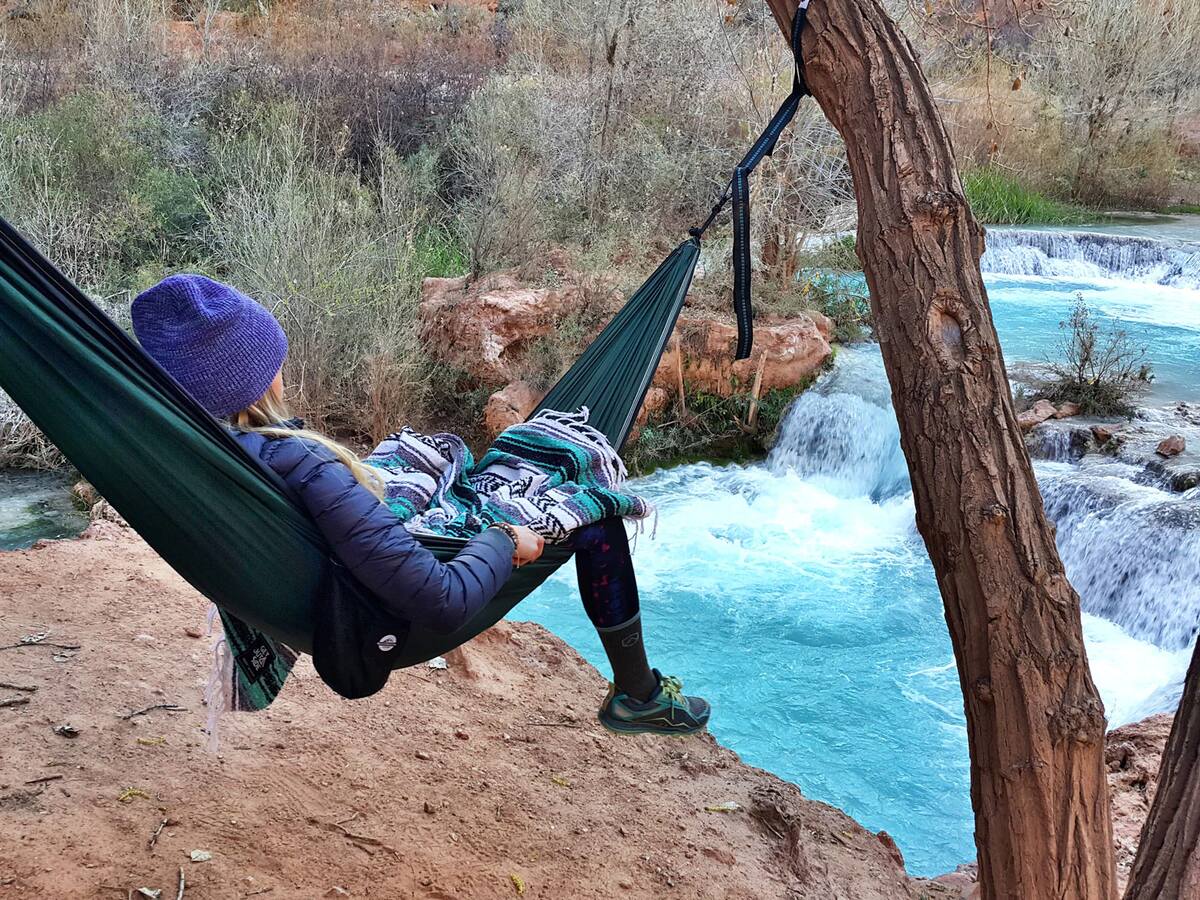

Outdoor Furniture
How To Hang A Camping Hammock
Modified: March 16, 2024
Discover the best way to hang a camping hammock for your outdoor adventures. Get tips and tricks for setting up your outdoor furniture and enjoy a comfortable and relaxing experience under the stars.
(Many of the links in this article redirect to a specific reviewed product. Your purchase of these products through affiliate links helps to generate commission for Storables.com, at no extra cost. Learn more)
Introduction
Imagine the feeling of gently swaying in a hammock, surrounded by nature’s beauty, with a cool breeze caressing your skin. It’s a picture-perfect scene, right? Whether you’re camping in the great outdoors or just looking to create a cozy spot in your backyard, hanging a camping hammock is a must-do for any outdoor enthusiast.
But before you dive into the world of hammock hanging, it’s important to understand the steps involved to ensure a safe and comfortable experience. In this article, we’ll guide you through the process of hanging a camping hammock, from selecting the perfect spot to enjoying your well-deserved relaxation time.
So, grab your hammock and let’s get started!
Key Takeaways:
- Find the perfect spot for your camping hammock by considering tree placement, clearance, privacy, level ground, and shade. The right location sets the stage for a relaxing outdoor experience.
- Ensure a safe and enjoyable hammock hang by securing straps, testing stability, and adjusting height. Embrace nature’s tranquility and cherish the serenity of your hammock oasis.
Read more: How To Hang A Hammock On A Porch
Step 1: Choosing the Perfect Spot
The first step in hanging a camping hammock is to find the ideal location. Consider these factors when selecting the spot:
- Tree Placement: Look for two sturdy trees that are about 12-15 feet apart. The trees should be healthy and able to support the weight of the hammock and the person(s) using it. Avoid trees with loose bark or signs of disease.
- Clearance: Ensure that there are no obstacles, such as branches or rocks, in the hanging area. Clear away any debris that could potentially interfere with the hammock setup or pose a safety hazard.
- Privacy and View: Consider your preferences for privacy and the view you want to enjoy while lounging in the hammock. If you prefer seclusion, look for a spot that is shielded by foliage or natural barriers. If you want to soak in a scenic vista, find a spot with a clear line of sight.
- Level Ground: Look for a flat and even terrain to ensure a comfortable and stable setup. Avoid areas with slopes or uneven ground, as this can make the hammock sag or tilt.
- Shade and Sunlight: Depending on your personal preference, choose a spot with the desired amount of shade or sunlight. If you want to nap or relax without being exposed to direct sunlight, opt for a shaded area. If you want to bask in the warmth of the sun, choose a spot that receives ample sunlight.
Once you have assessed these factors, you’ll be able to identify the perfect spot to hang your camping hammock. Remember, the location you choose will greatly impact your overall hammock experience, so take the time to find the best fit.
Step 2: Setting Up the Hammock Straps
Now that you have found the ideal spot, it’s time to set up the hammock straps. These straps are essential for properly securing your hammock and ensuring a safe and sturdy setup. Follow these steps to set up the hammock straps:
- Unroll the Straps: Start by unrolling the hammock straps and separating them. Most hammock straps come as a set, with each strap having loops at regular intervals.
- Wrap the Straps around the Tree: Take one of the straps and wrap it around the first tree, approximately waist height. Make sure the strap is snug and secure against the tree trunk. Repeat the same process with the second strap and the other tree.
- Insert the Strap End through the Loop: Take the loose end of the strap and insert it through the loop closest to the tree. Then, pull the strap tight to create a secure connection.
- Adjust the Length of the Straps: If necessary, adjust the length of the straps to raise or lower the hammock. This will allow you to achieve the desired height and tension for optimal comfort.
It’s important to note that hammock straps are designed to be tree-friendly, meaning they minimize damage to the trees. This is especially important for the health and longevity of the trees, as well as preserving the natural environment.
Once you have set up the hammock straps, you’re ready to move on to the next step in the process.
Step 3: Securing the First Strap
With the hammock straps in place, it’s time to secure the first strap to ensure a strong foundation for your hammock. Follow these steps to secure the first strap:
- Attach the Carabiner: Take one end of the hammock and locate the carabiner or attachment point. Connect the carabiner to one of the loops on the strap. Make sure it is securely fastened.
- Tighten the Strap: Once the carabiner is attached, pull the loose end of the strap to tighten it. This will create tension in the strap and provide stability for the hammock.
- Check for Sag: After tightening the strap, assess the tension of the hammock. Ideally, the hammock should be taut, but with a slight sag in the middle. This will allow for a comfortable and supportive position when lying in the hammock.
- Repeat with the Second Strap: Repeat the same process with the second strap, attaching the carabiner to the corresponding loop. Make sure both straps are of equal length and tension to achieve a balanced setup.
By securely attaching the first strap, you’ll establish a strong anchor point for your hammock, setting the stage for a safe and enjoyable hangout spot.
Now that the first strap is secured, it’s time to move on to attaching the second strap for added stability and support.
Step 4: Attaching the Second Strap
With the first strap securely in place, it’s time to attach the second strap to further enhance the stability and support of your hammock. Follow these steps to attach the second strap:
- Position the Second Strap: Take the loose end of the second strap and position it near the attachment point of the hammock. Ensure that the strap is aligned with the first strap and that both are at the same height.
- Connect the Carabiner: Attach the carabiner on the loose end of the second strap to a loop on the strap. Again, make sure the connection is secure.
- Tighten the Strap: Just like with the first strap, pull the loose end of the second strap to tighten it. This will create tension and ensure that the hammock is securely anchored to the strap.
- Check for Levelness: After tightening the second strap, check to ensure that the hammock is level and not tilted to one side. Adjust the tension on the straps as needed to achieve a balanced and comfortable hang.
By attaching the second strap, you’ll create a stable and secure setup, allowing you to relax and enjoy your hammock without any worries. The two straps working in tandem provide the necessary support and balance for your hammock experience.
Now that both straps are securely attached, it’s time to move on to the next step: adjusting the height of the hammock.
When hanging a camping hammock, make sure to find sturdy anchor points, such as trees or posts, and use strong, adjustable straps to secure the hammock. Test the setup by gently sitting in the hammock before fully committing your weight.
Read more: How To Hang A Hammock On Balcony
Step 5: Adjusting the Hammock Height
Adjusting the height of your hammock is crucial to achieve optimal comfort and relaxation. By finding the perfect height, you’ll ensure that your body is properly supported and that the hammock is at a comfortable level. Follow these steps to adjust the height of your hammock:
- Test the Initial Height: Take a seat in the hammock and assess the height. If it feels too low, you might have difficulty getting in and out of the hammock. Conversely, if it feels too high, it may be challenging to get a comfortable posture.
- Adjust the Straps: If you need to raise the hammock, simply lengthen the straps by pulling them downward. Similarly, if you need to lower the hammock, shorten the straps by pulling them upward. Make sure to adjust both straps evenly for a balanced setup.
- Find the Sweet Spot: Experiment with different heights until you find the sweet spot where the hammock feels supportive and comfortable. Keep in mind that a slight sag in the middle of the hammock is desirable for a relaxing position.
- Test the Adjusted Height: Once you’ve made the height adjustments, test the hammock again by sitting or lying in it. Ensure that you have enough clearance from the ground and that the hammock feels secure and stable.
By taking the time to adjust the height of your hammock, you’ll be able to enjoy the perfect balance between comfort and support. Remember, everyone’s preference may vary, so it’s worth experimenting with different heights until you find what works best for you.
Now that you’ve adjusted the height of the hammock, it’s time to move on to the next step: testing the stability of your setup.
Step 6: Testing the Stability
Ensuring the stability of your hammock setup is essential for a safe and enjoyable experience. Before fully committing to lounging in your hammock, take the time to test its stability. Follow these steps to test the stability of your setup:
- Sit in the Hammock: Sit in your hammock and gently sway back and forth. Pay attention to any excessive movement or swaying. A slight sway is normal, but if the hammock feels unstable or wobbly, adjustments may be needed.
- Check the Straps and Attachments: Inspect the straps, carabiners, and hammock attachments to ensure that everything is securely fastened. Make sure all knots are tight and that the straps are properly wrapped around the trees.
- Test Weight Distribution: Shift your weight from side to side and lean in different directions within the hammock. Pay attention to how the hammock responds and if it remains stable. A well-balanced hammock should distribute your weight evenly.
- Observe the Trees: Look at the trees to see if there is any movement or swaying. If the trees are swaying significantly, it may indicate that they are not suitable for supporting the hammock. In this case, it’s best to find more stable anchor points.
By thoroughly testing the stability of your hammock setup, you can have peace of mind knowing that it is secure and safe for use. If you encounter any issues or concerns during this step, make the necessary adjustments to improve the stability.
Now that you have tested the stability of your hammock, it’s time for the final step: getting in and enjoying your outdoor retreat.
Step 7: Getting In and Enjoying the Hammock
Congratulations! You’ve reached the final step of hanging your camping hammock. It’s time to get in and fully immerse yourself in the relaxation and serenity that a hammock offers. Follow these steps to get in and enjoy your hammock:
- Approach with Caution: Approach the hammock slowly and carefully. Use the nearby trees or any nearby objects for support and balance as you step into the hammock.
- Center Yourself: Position yourself in the middle of the hammock to achieve optimal balance. Distribute your weight evenly and allow your body to naturally settle into a comfortable position.
- Get Cozy: Use any additional comfort accessories, such as a blanket or pillow, to enhance your hammock experience. Adjust your body position, recline or sit up, and find the position that suits you best.
- Relax and Enjoy: Take a deep breath, let go of any tension, and allow yourself to fully relax. Whether you’re immersing yourself in a good book, enjoying the scenery, or taking a peaceful nap, embrace the tranquility of your hammock oasis.
- Take Safety Precautions: While hammocks are designed for relaxation, it’s important to prioritize safety. Avoid any sudden movements or excessive swinging, especially if you are using a hammock at an elevated height.
Remember, a hammock is a wonderful escape to unwind and connect with nature. Whether it’s a solo retreat or a cozy spot for bonding with loved ones, savor the moments and cherish the serenity that your hammock provides.
By following these steps, you’ll have successfully hung and enjoyed your camping hammock. Now, go ahead and make the most of your hammock experience!
Safe travels and happy hammocking!
Conclusion
Hanging a camping hammock is a delightful way to embrace the great outdoors and create a peaceful retreat. By following the steps outlined in this guide, you can ensure a safe and enjoyable hammocking experience.
We began by choosing the perfect spot, considering factors such as tree placement, clearance, privacy, and level ground. Next, we discussed the importance of setting up the hammock straps and securing them to the trees. With the straps in place, we moved on to attaching the carabiners and adjusting the height of the hammock for optimal comfort.
After adjusting the height, it was crucial to test the stability of the setup. By sitting in the hammock, checking the straps and attachments, and observing the trees, we could ensure a sturdy and safe hang. Finally, we wrapped up the process by getting into the hammock and enjoying the tranquility and relaxation it offers.
Remember, safety should always be a priority when hanging a camping hammock. Regularly inspect the straps, carabiners, and attachments for any signs of wear and tear, and always follow manufacturer’s guidelines.
Now that you have the know-how, it’s time to grab your hammock, find a picturesque spot, and immerse yourself in the beauty of nature. Whether you’re embarking on a camping adventure or simply seeking a peaceful retreat in your backyard, a hammock offers the perfect haven for relaxation and rejuvenation.
So, why wait? Get ready to swing, sway, and unwind in your very own hammock paradise. Happy hammocking!
Frequently Asked Questions about How To Hang A Camping Hammock
Was this page helpful?
At Storables.com, we guarantee accurate and reliable information. Our content, validated by Expert Board Contributors, is crafted following stringent Editorial Policies. We're committed to providing you with well-researched, expert-backed insights for all your informational needs.
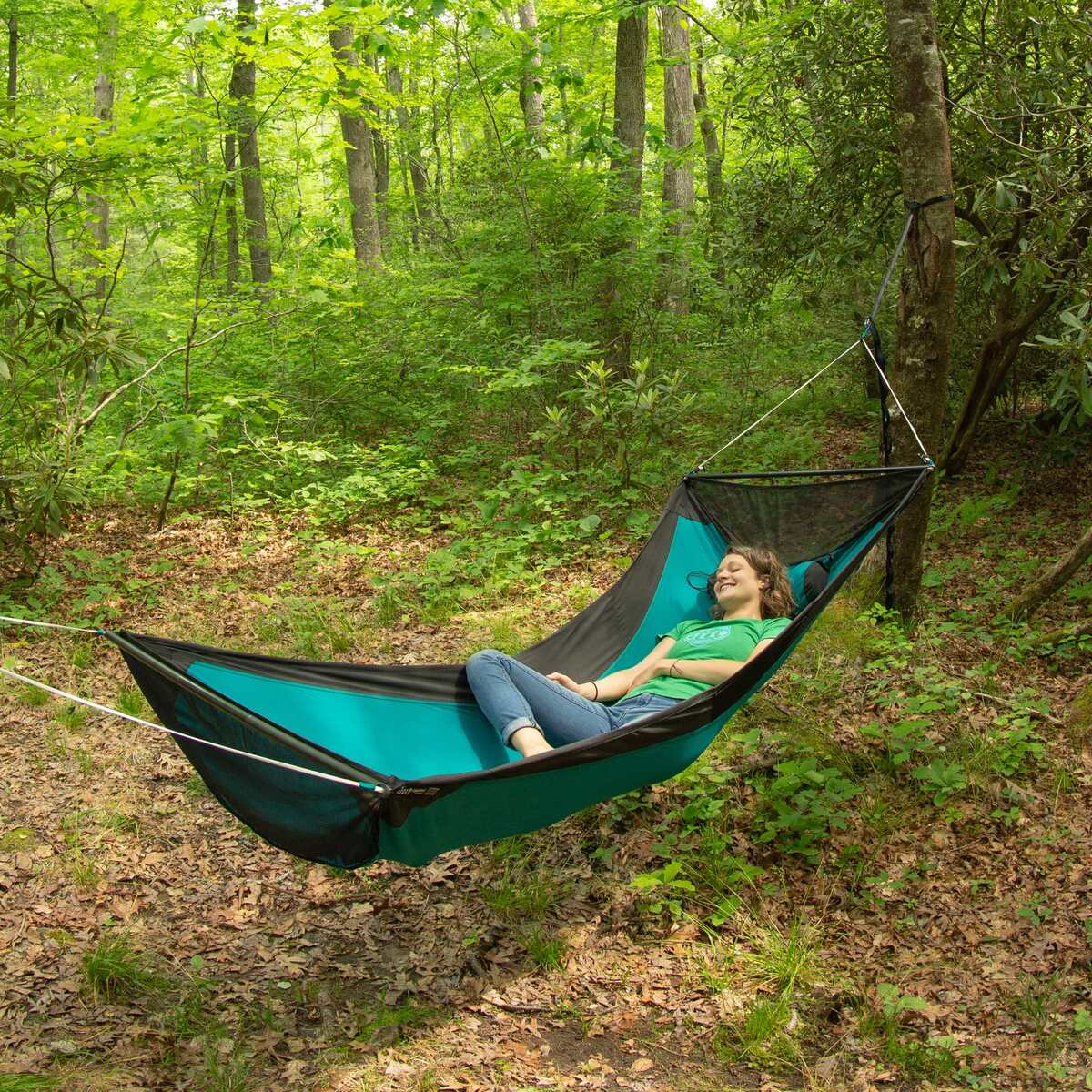
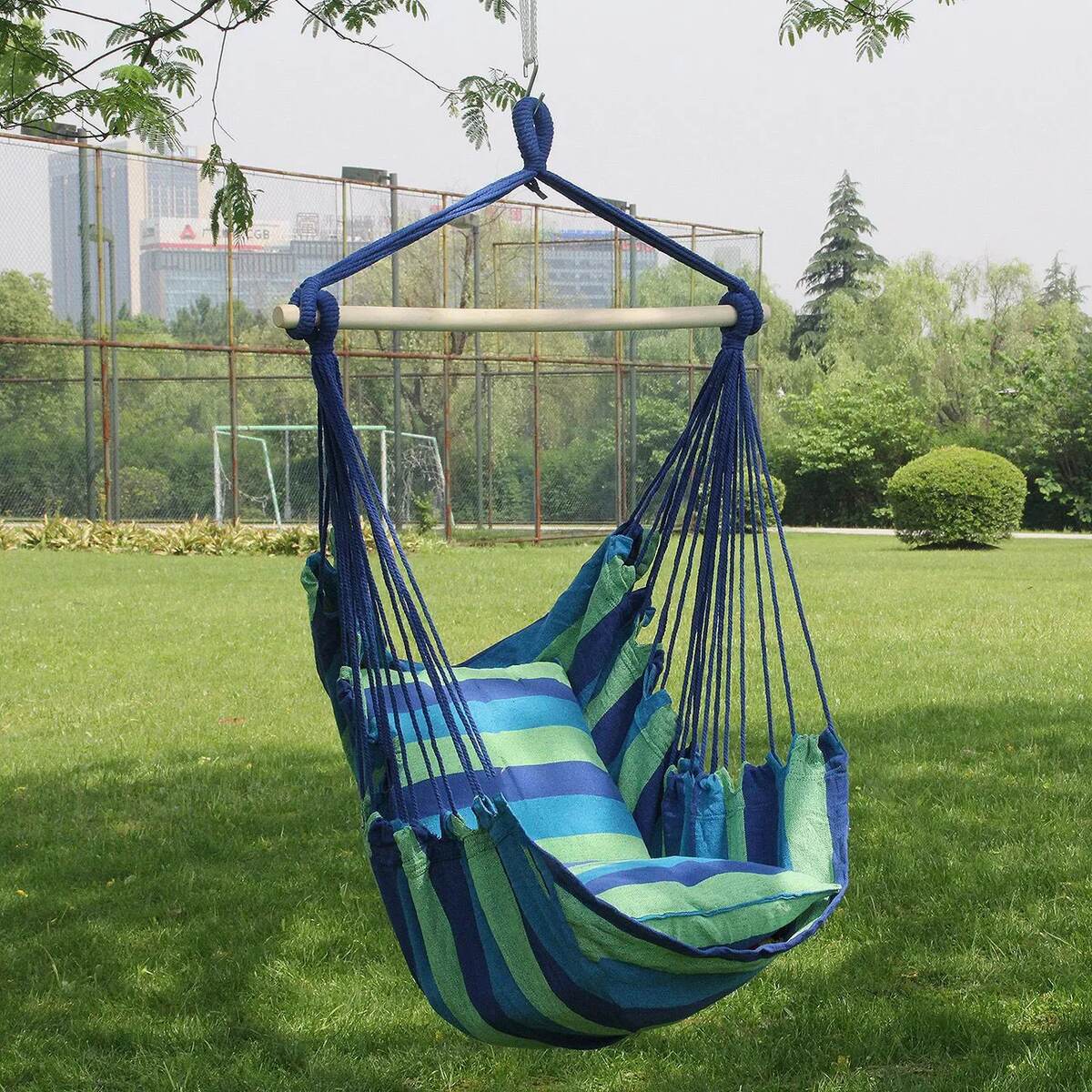
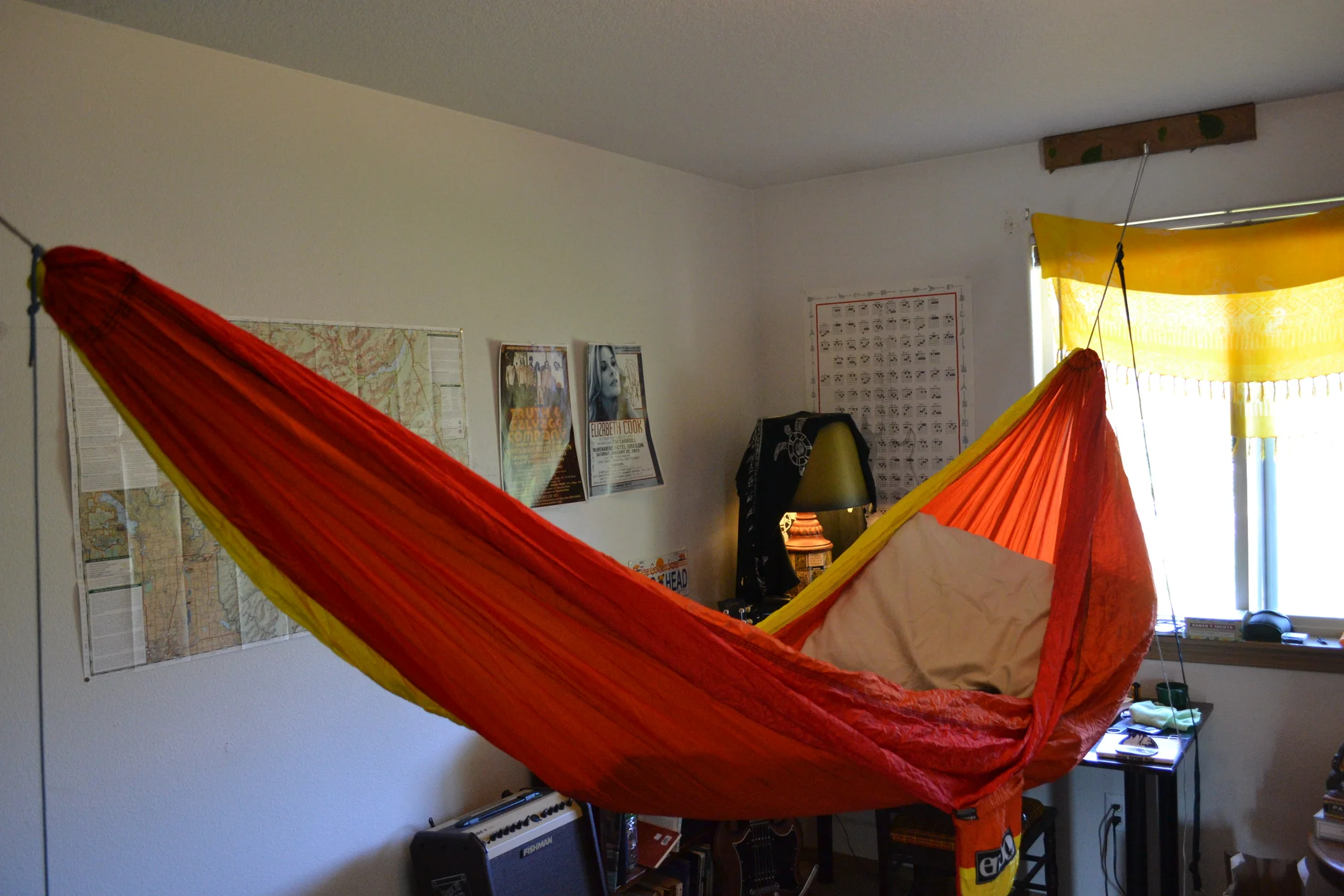
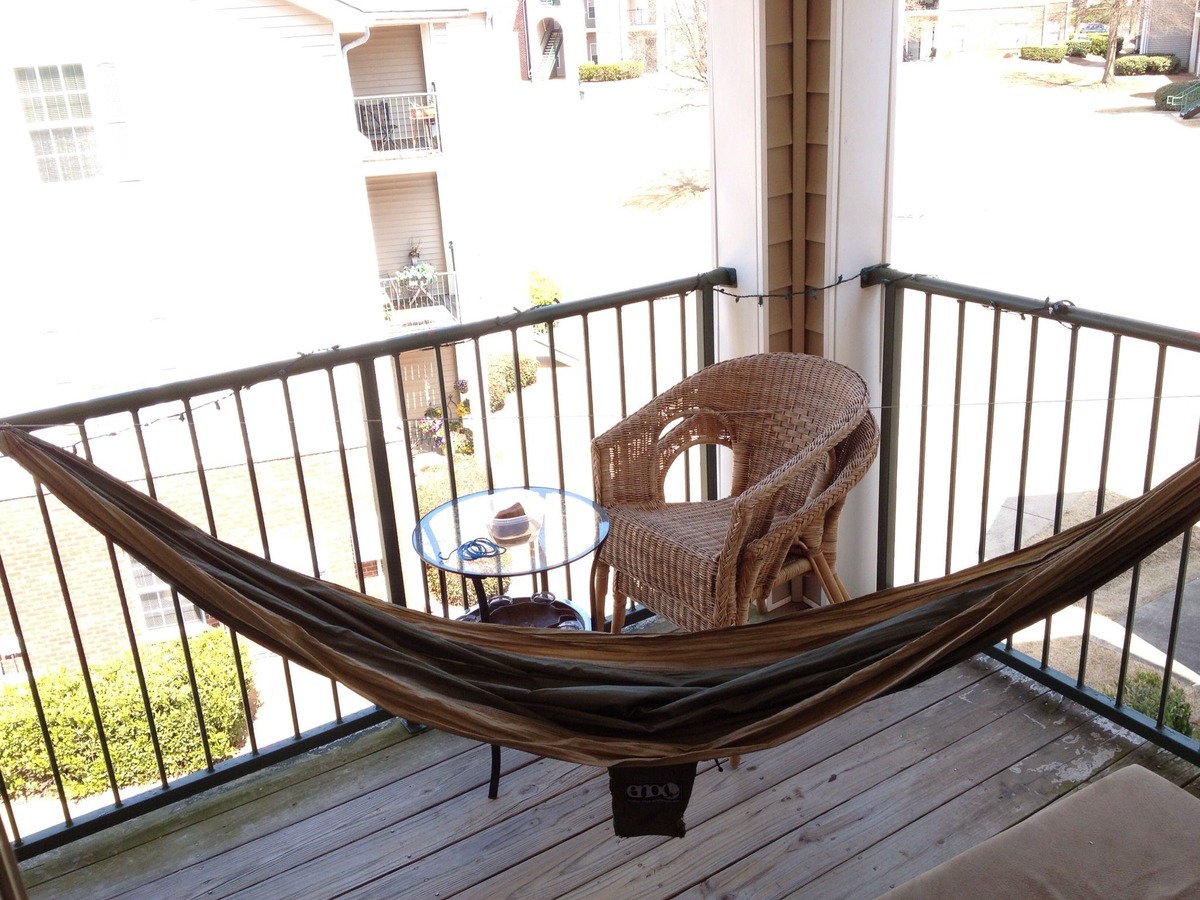

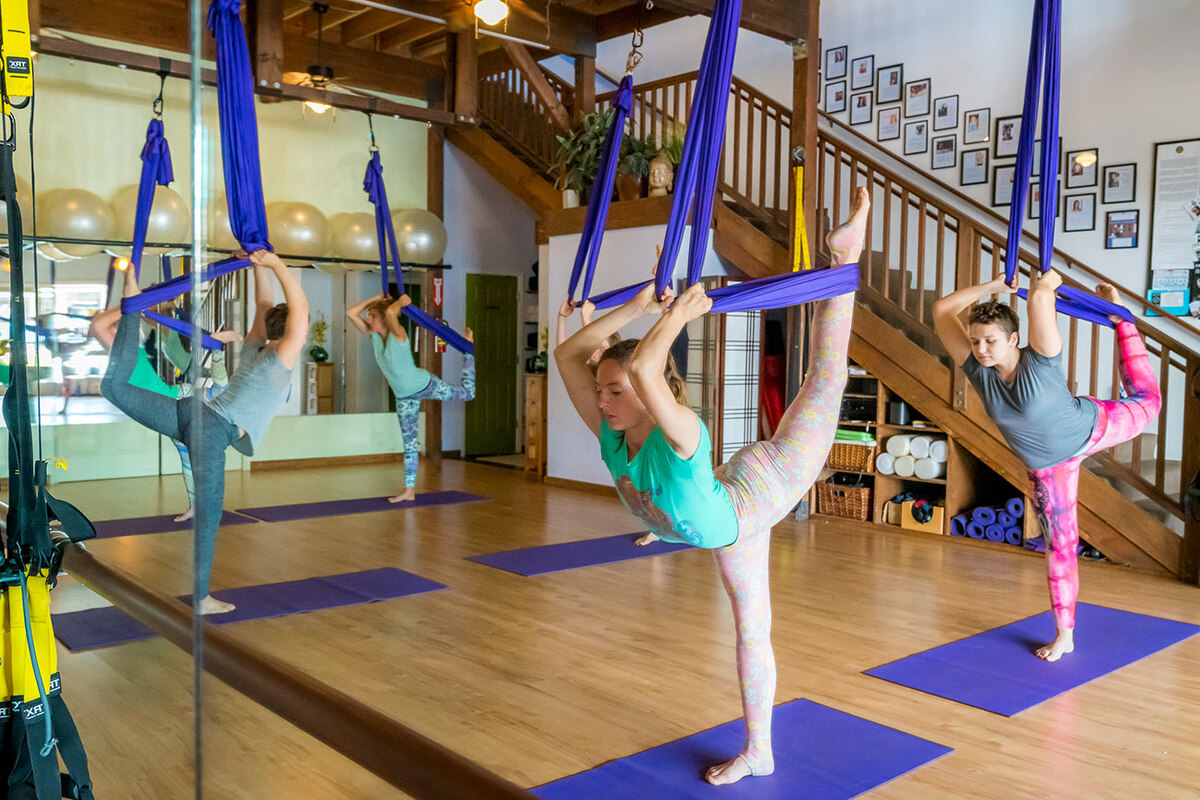
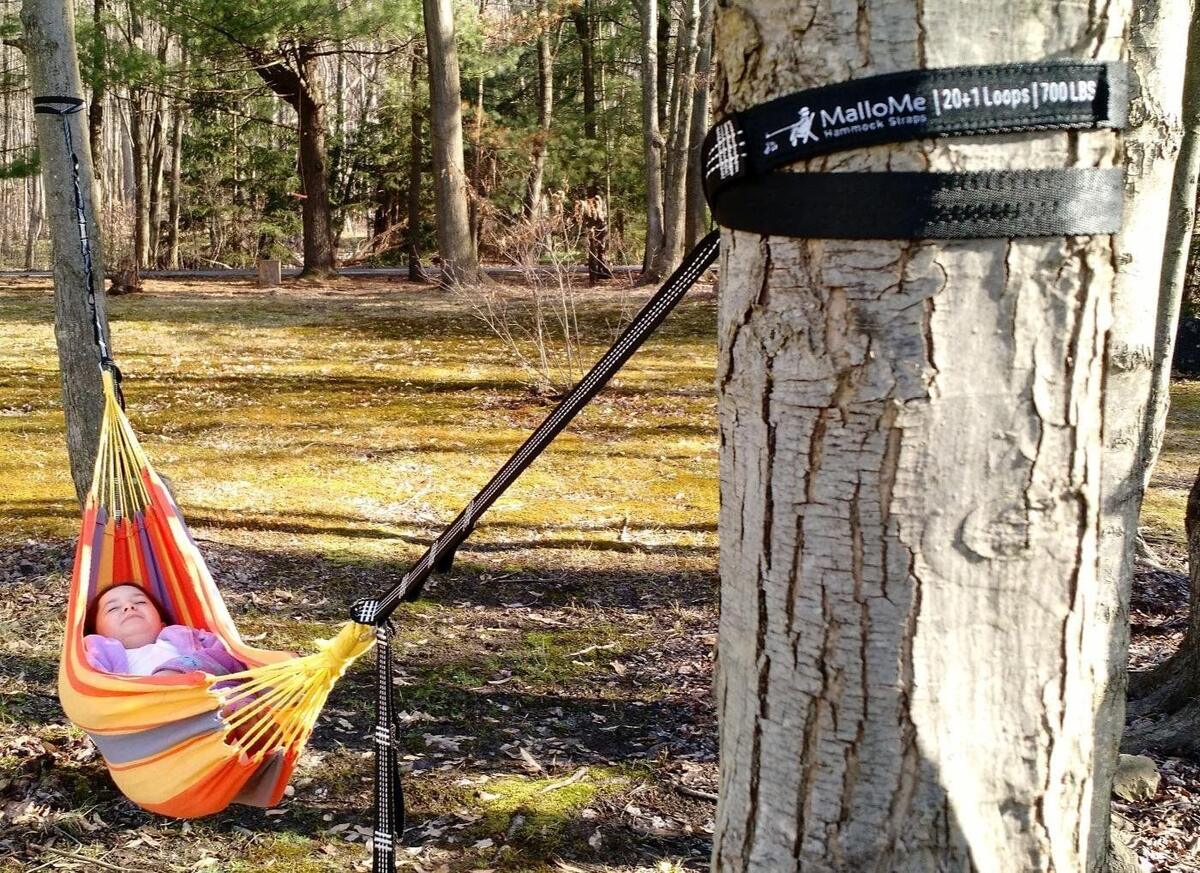

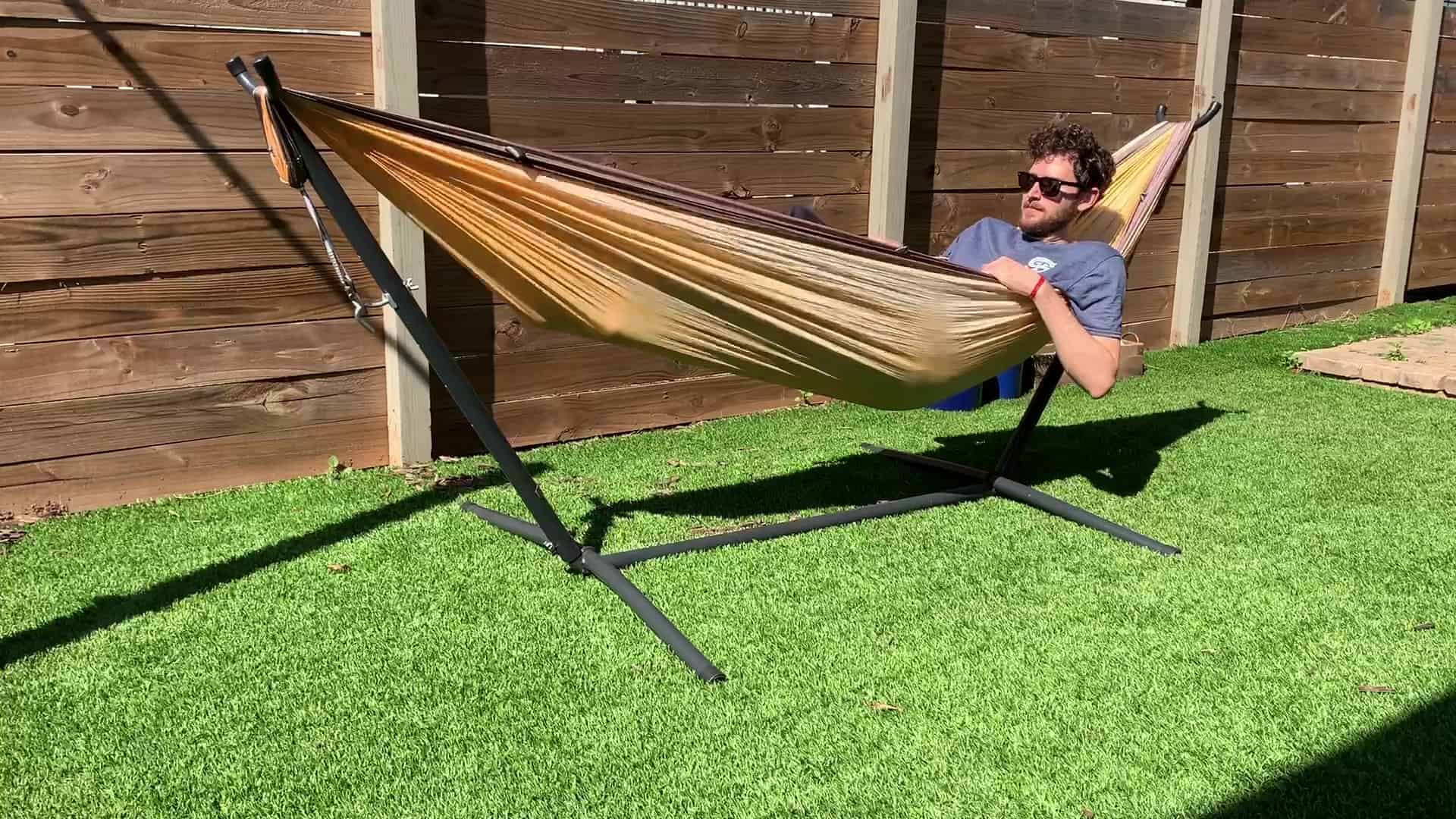


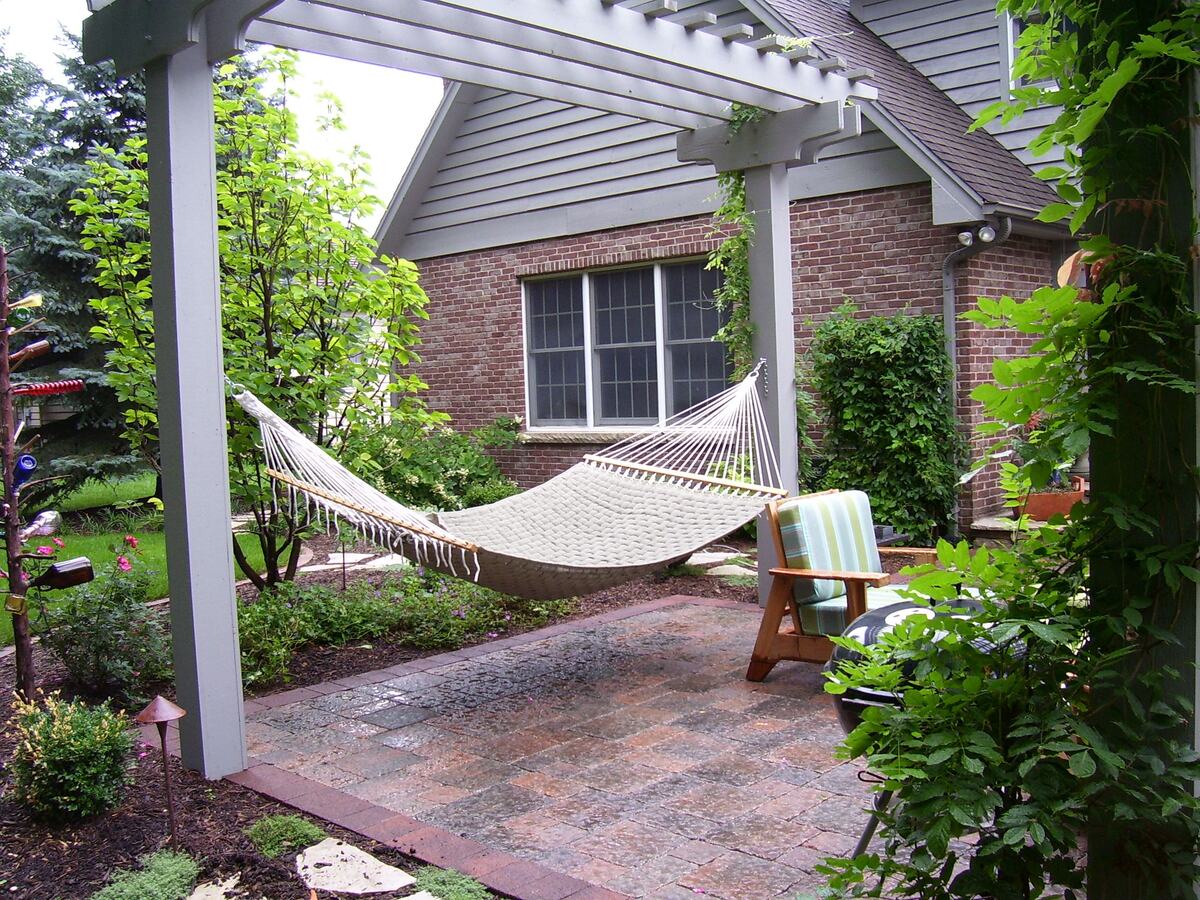

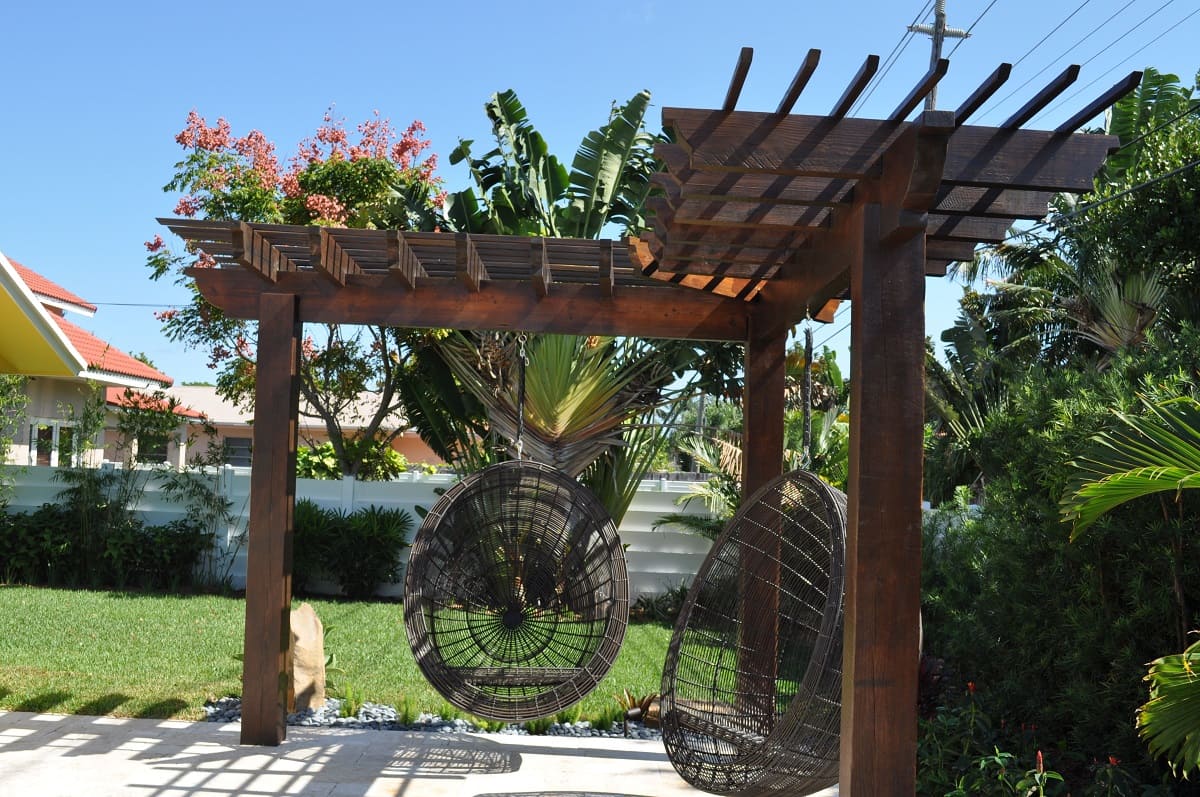

0 thoughts on “How To Hang A Camping Hammock”